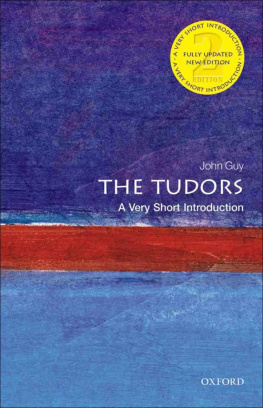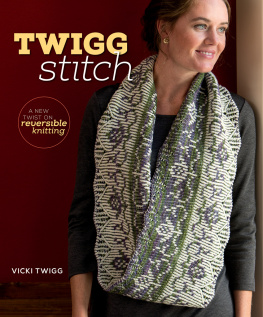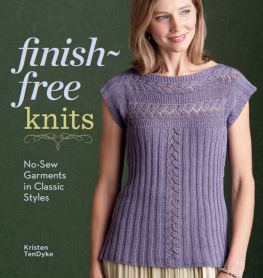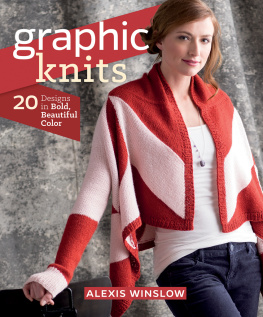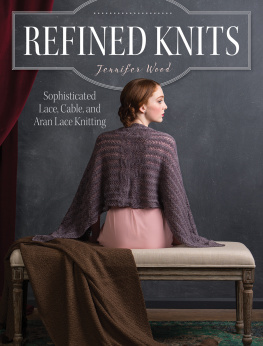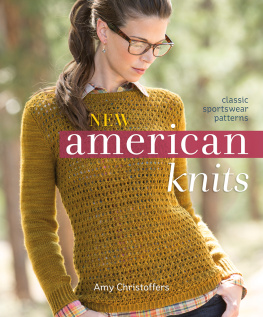NORTHERN KNITS
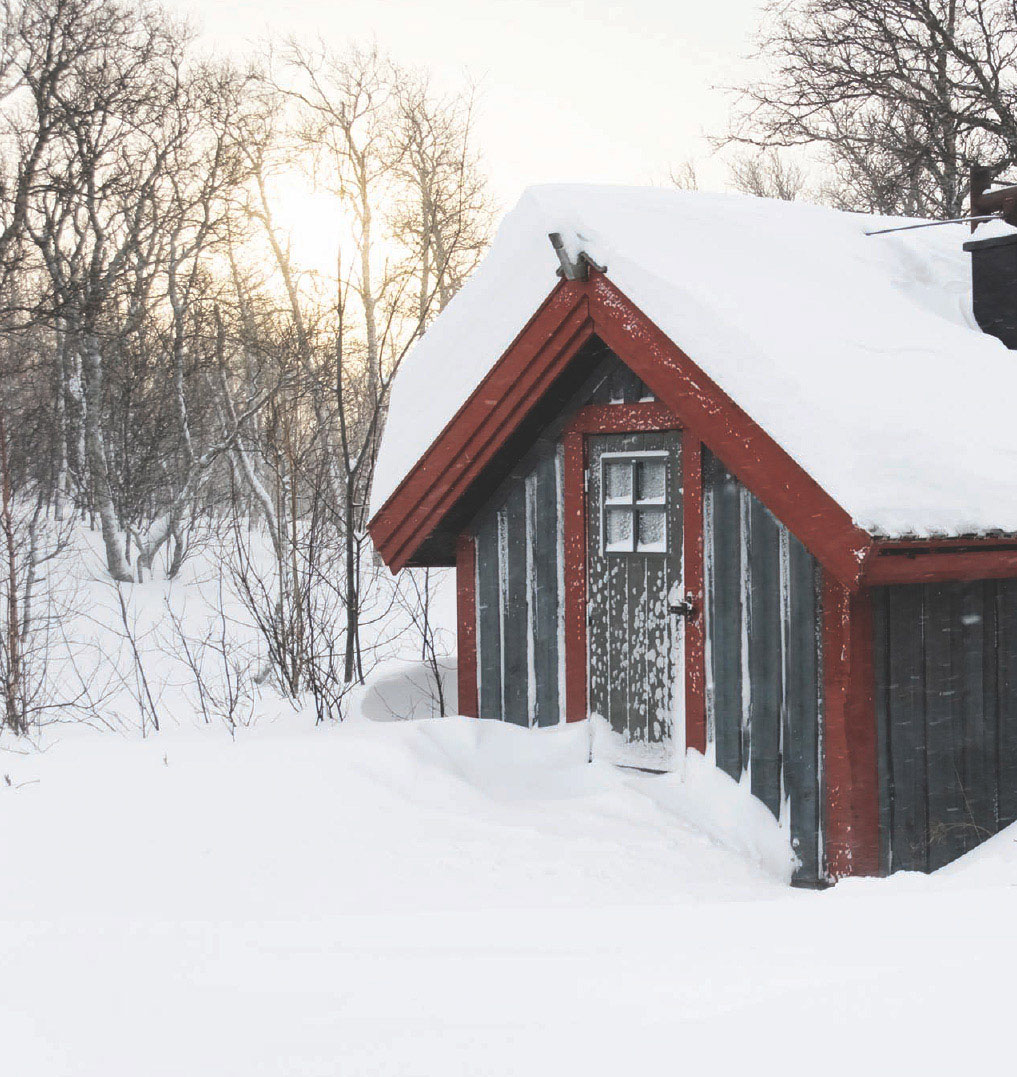
NORTHERN KNITS
Designs inspired by
the knitting traditions of Scandinavia,
Iceland, and the Shetland Isles
LUCINDA GUY

Editor Ann Budd
Technical Editor Lori Gayle
Art Director Liz Quan
Cover and Interior Design Karla Baker
Layout Design Lee Calderon
Photographer Joe Hancock
Stylist Carol Beaver
Make-up & Hair Kathy MacKay
Illustrator Ann Swanson
Production Katherine Jackson
2010 Lucinda Guy
Photographs and illustrations (except as noted below)
2010 Interweave Press LLC
All rights reserved.

| Interweave Press LLC 201 East Fourth Street Loveland, CO 80537 USA interweave.com |
Library of Congress Cataloging-in-Publication Data
Guy, Lucinda.
Northern knits : designs inspired by the knitting traditions of Scandinavia, Iceland, and the Shetland Isles / Lucinda Guy.
p. cm.
Includes index.
ISBN 978-1-59668-171-2 (pbk.)
ISBN 978-1-59668-422-5 (PDF)
ISBN 978-1-62033-161-3 (ePub)
1. Knitting--Scandinavia. 2. Knitting--Iceland. 3. Knitting--Scotland--Shetland. I. Title.
TT819.S26G89 2010
746.43'2--dc22
2009039517
Additional photography : (Twined Mittens and Skeins of Swedish yarn) Franois Hall.
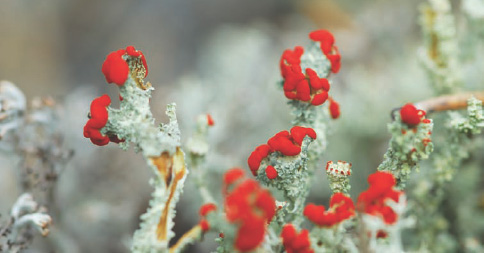
Acknowledgments
In memory of my father.
I am deeply grateful to all at Interweave for making this book possible, and I extend heartfelt thanks to Eva and Francois for all their help, support, patience, and understanding.
I also owe a considerable debt of gratitude to Connie at Jamieson & Smith, Rebekka at stex, Siv at Dale of Norway, and Ann at Ullcentrum for supplying me with their lovely yarns.
Thanks also to Shetland Museum, Francois Hall, Shutterstock, and iStockphoto for permission to reproduce photographs.
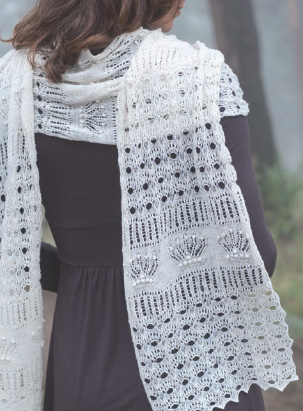
Contents
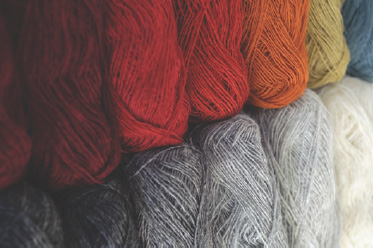
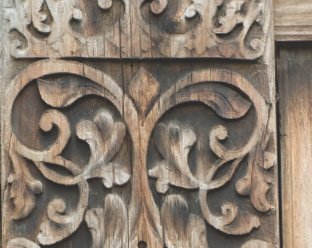
T he rich diversity and proliferation of folk art and handicrafts from the northern areas of Europe are owed in no small part to the long, dark, cold winters that forced people inside their homes during the endless winter months. The home and everything relating to it was all-important, and it was only natural that attention and care was taken to transform everyday domestic objects into handsome decorative pieces, and that many hours were spent knitting and stitching impressive, beautiful clothes for festive occasions. Folk handicrafts are directly representative of the people who made them, the way in which they lived, their customs, how they survived and managed their lives.
I have always been deeply interested in northern European folk art, and since I first started designing, I have been heavily influenced by traditional folk textiles. Shetland, Iceland, Norway, and Sweden have always held a particular fascination for me, each with a rich heritage of unique knitted folk artFair Isle sweaters, Shetland lace shawls, Icelandic Lopi sweaters, Norwegian black-and-white Selbu mittens, and Swedish twined knitted mittens.
Our lives are still influenced by the cycles of the natural world, by the rhythms of the seasons, and, despite our central heating and cheap, mass-made woolens, handknitting remains an expression for beautiful, protective, and warm clothing. The designs in this book, all of which are knitted in purl woolen yarns unique to each country, are knitted in true handicraft fashionthey are not only inspired directly from the past but include elements from a rich heritage of folk art to create something new and contemporary.
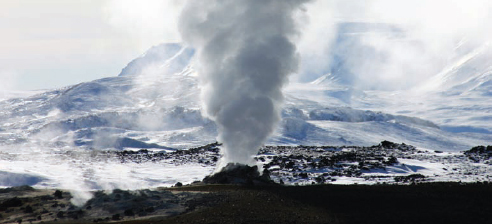
I celand is an island of volcanoes, glaciers, waterfalls, faraway fells, and sunsets, and until modern times, was a remote, harsh, and often intense place to live. The first Viking settlers arrived in Iceland in the ninth century, bringing with them horses and sheep and establishing a vigorous trade in wool and woolen goods. Knitting was introduced to Iceland via England or northern Europe, and by the mid 1500s, was widespread and used to make clothes for both domestic use and trade. Because wool was abundant and knitting needles quick and cheap to make, knitting was accessible to even the poorest, most isolated farmers. Fleece was prepared by men and spun by women, and everyone knittedeven children as young as four years old. During the long, cold, dark winters, families gathered around the fire to work and knit as they listened to full-blooded sagas of Icelandic battles.
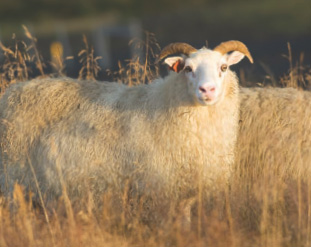
Although essentially a commercial activity, spinning and knitting became an integral part of Icelandic life. Wool was used as currency and long distances were measured by the number of knitted shoe linings worn out with walking. Folklore has it that witches would steal wool from farmers with the help of a carrier made by wrapping the rib bone of a recently buried man in gray wool to appear like a real hank of wool and then nurturing it until it gained life. Once brought to life, the fast-traveling carrier would zoom across the countryside, stealing fleece for the witch.
The majority of early Icelandic knitted garments, such as jackets, mittens, and long stockings, were plain and simply knitted out of naturally occurring colors of fleece. Pattern knitting developed in the 1600s, as evidenced by pattern books of embroidery and weaving designs found in Iceland dating from around this time. Later, beautiful naturalistic patterns of plants, leaves, and undulating lines similar to those found inside these books, were used to decorate clothes for special and festive occasions.
As was common throughout northern Europe, industrialization in the late 1800s brought about a decline in rural folk handicrafts. An influx of accessible new designs made it fashionable to knit with very delicate woolen yarn on incredibly fine needles to make openwork lace shawls, mittens, and wrist warmers. As spinning mills began to take over from the more traditional domestic methods of spinning, new ideas and methods of knitting started to emerge.
In the 1920s, a local Icelandic woman successfully experimented with knitting prespun, thick strands of industrially prepared fleece known as Lopi, and by the 1930s and 1940s, it was fashionable to use Lopi to knit lice-stitch patterned sweaters similar to traditional Norwegian sweaters. In the 1950s, a new style of sweater emerged from Sweden and Norway, incorporating elaborately patterned yokes or bands of patterns resembling a collar. In 1957, influenced by these trends, the first designs for the now traditional Icelandic Lopi sweater appeared.
Next page

